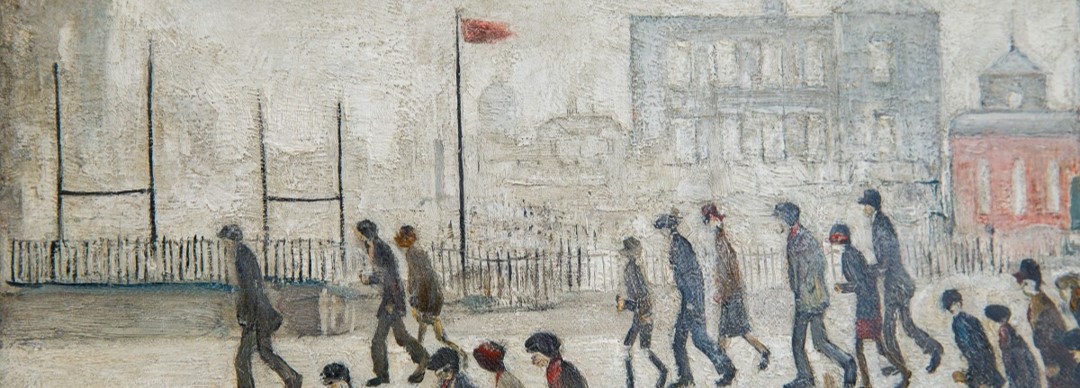Dave Hadfield's writing did as much as anything else to shape the way I think about rugby league and the North of England.
Rugby league had already lost several legends so far this
season – Des Drummond, Johnny Whiteley, Va’aiga Tuigamala – when it was
announced that Dave Hadfield had died age 70.
Hadfield wasn’t a player, of course – or at least, not one
to be mentioned in the same breath as Drummond, Whiteley and Inga the Winger.
His legendary status comes from his many years as a rugby league writer and
journalist.
Hadfield was the Independent rugby league
correspondent, columnist for the Rugby League World and Sky Sports
analyst during the peak of my obsession with the game.
For that reason he did as much as anybody else to shape the
way I viewed the game and its culture, and for me personally ranks alongside
other great rugby league writers such as Tony Collins and Geoffrey Moorehouse.
***
For the last couple of weeks I’ve been re-reading Hadfield’s
Up and Over: A Trek Through Rugby League Land. The book is a tour across
Yorkshire and Lancashire, following a route taken by Hadfield, alongside Phil
Clarke and Mike Stephenson among others, from Hull to Widnes, in aid of the
charity Outward Bound.
The trek takes in the 11 then-Super League clubs strung out
along the M62 corridor, as well as a few others outside the top flight (plus
post-script visits to Cumbria and London).
Written in 2003, the book captures rugby league still in the
early days of Super League, in the midst of transitioning to a new era. My
interest in rugby league was only reignited during the 2000 World Cup, and my
most vivid memories are of Widnes Vikings’ spell in Super League thereafter.
Super League to me therefore was an established fact, but to those of Hadfield’s age
summer rugby and everything that came with it must have still felt completely new.
Along the way we meet a whole range of rugby league characters
– players, coaches, commentators, journalists, administrators and, of course,
fans. Hadfield’s account of meeting Johnny Whiteley, who joined the first stage
of the trek as it left the banks of the Humber, is now particularly poignant.
The sum of these encounters is, in essence, that rugby
league in 2003 – despite the upheavals the game had faced – had not yet lost
touch with its roots. I think that remains true today.
***
Inevitably, as the account of a journey across Yorkshire and
Lancashire, Up and Over is as much
about the North of England as it is about rugby league.
A regular theme is the demise of Northern industry: the loss
of Hull’s fishing trawlers; the scaling back of Widnes’ chemical works; the
decline of glass-making in St Helens; closed mines throughout. Hadfield
discusses the different accents and dialects, and gives an insight into the
unique histories of towns and cities on both sides of the Pennines.
It’s enough to make you feel quite homesick, especially if
you’re reading it while making a train journey across the middle of Wiltshire.
That goes double for the places I’m most familiar with –
Widnes, Warrington and St Helens (especially Thatto Heath, where I saw my last
live game of rugby league, against Wigan St Judes in June 2021), as well as the
brief forays into Manchester and Liverpool.
Rugby league owes Dave Hadfield a debt of gratitude for his writing on the game, its culture and surroundings. The game will never cease to have its problems, but, in Hadfield’s own words from Up and Over, “I’ve never had any doubt that we were on the right side: honesty versus hypocrisy; democracy versus autocracy; labour versus capital; La Resistance versus Vichy; matches decided by tries rather than goals.”


Comments
Post a Comment